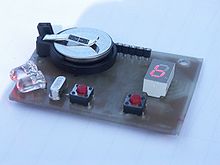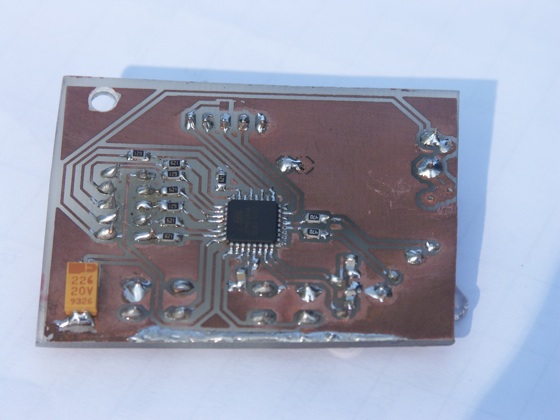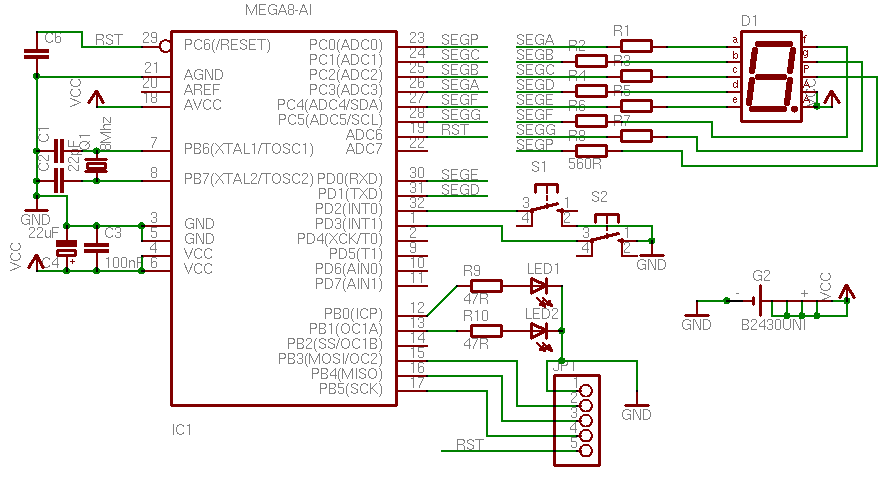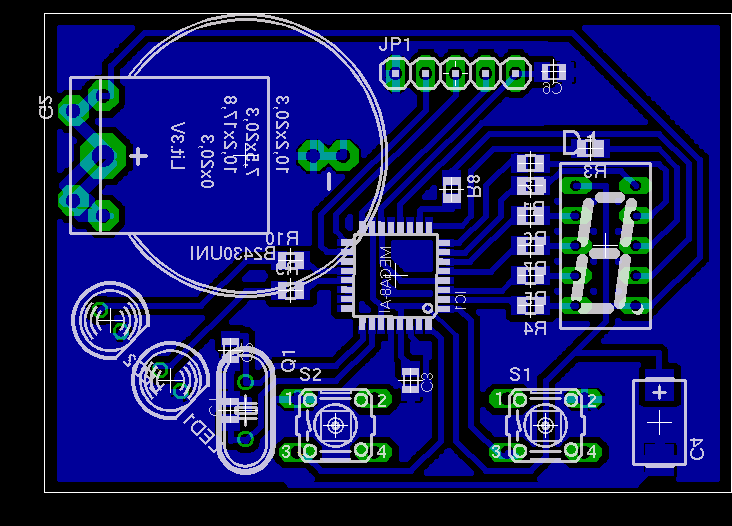Stimmmopped/en: Unterschied zwischen den Versionen
Keine Bearbeitungszusammenfassung |
|||
| Zeile 75: | Zeile 75: | ||
There's also a similar, commercial device available: | There's also a similar, commercial device available: | ||
[http://www.musik-service.de/planet-waves-s-o-s--tuner-strobe-on-string-prx395755942de.aspx] | [http://www.musik-service.de/planet-waves-s-o-s--tuner-strobe-on-string-prx395755942de.aspx] | ||
[http://www.prlog.org/11289974-phone-number-lookup-verizon-phone-number-reverse-lookup-to-get-information-you-need-quickly.html reverse lookup] | |||
[http://thetvtopc.com/Reverse_Cell_Phone_Lookup_Number reverse phone lookup] | |||
Version vom 3. Januar 2012, 02:34 Uhr
| Stimmmopped Release status: stable [box doku] | |
|---|---|

| |
| Description | The "Stimmmopped" is a tool to tune musical string instruments (i.e. guitars) |
| Author(s) | Madex (Martin) |
| Last Version | 0.21 |
| Platform | AVR (ATmega48 oder ATmega88) |
| License | GPLV3 |
| Download | SVN browse |
Optical string-tuning tool
This tool assists you in tuning your string instrument to a given tone. It utilizes the stroboscopic effect to give feedback about the adjustment of your instrument. The two LEDs on the board blink with the frequency that the chosen tone has. When the string vibrates with the correct frequency, two lines are projected at a fixed position on the string. If frequencies don't match, the lines appear to be blinking or moving to the observer's eye. The moving or blinking effect decreases with decreasing difference between the two frequencies.
Menu
The "Stimmmopped" has two switches to choose the tone and instrument. Switch S1 toggles the current mode of the menu, which is either "choose instrument" or "choose tone". The 7-segment display displays the current selection. In the instrument selection mode, the display is lit up a bit brighter. Switch number two (S2) selects the tone or instrument in the given mode.
| Displayed character | Name | Explanation |
|---|---|---|
| b | Bass (5-string or dropped) | b0 (string 5), d1 (string 4 dropped), E1 (string 4), A1 (string 3), d2 (string 2), G2 (string 1) |
| b. | Bass (5 string) lower halftone | A#0 (string 5), C#1 (string 4 dropped), d#1 (string 4), G#1 (string 3), C#2 (string 2), F#2 (string 1) |
| G | Guitar (normal & dropped) | d2 (string 6 dropped), E2 (string 6), A2 (string 5), d3 (string 4), G3 (string 3), b3 (string 2), E4 (string 1) |
| G. | Guitar (normal & dropped) lower halftone | C#2 (string 6 dropped), d#2 (string 6), G#2 (string 5), C#3 (string 4), F#3 (string 3), A#3 (string 2), d#4 (string 1) |
When the menu is in tone setting mode, the tone and octave are displayed alternating.
Since the device is battery powered, it switches itself off when no button is pressed for a period of 30 seconds. It may also be manually switched on and off by holding down the S2 switch. In normal usage conditions the battery will last for about a year.
Circuit board
The board is designed to be used as a plectrum. Here's the layout:
Part list
(20.08.2009)
Amount Part Description Price 1 ATMEGA 48-20 AU Microcontroller € 1,25 1 8,0000-HC49U-S 8MHz Quartz € 0,18 3 CR 2032 Battery (a set of 3) € 0,35 1 KZH 20-1 Battery holding unit € 0,45 2 NPO-G0805 22P Capacitor for the Quartz € 0,05 2 SMD-0805 47,0Ω Resistors for the LEDs € 0,10 8 SMD-0805 560Ω Resistors for the 7-Segment € 0,10 2 LED 5-4500 RT LEDs for the strings € 0,25 2 X7R-G0805 100N Capacitor € 0,05 2 TASTER 3301 Switch € 0,10 1 SMD TAN.22/20 Capacitor € 0,17 1 SA 39-11 GN 7 segment display € 0,43
The total sum amounts to € 5,43 (without the circuit board).
Source
Sourcecode & Layout can be found in our svn right here.
Links
There's also a similar, commercial device available: [1]


